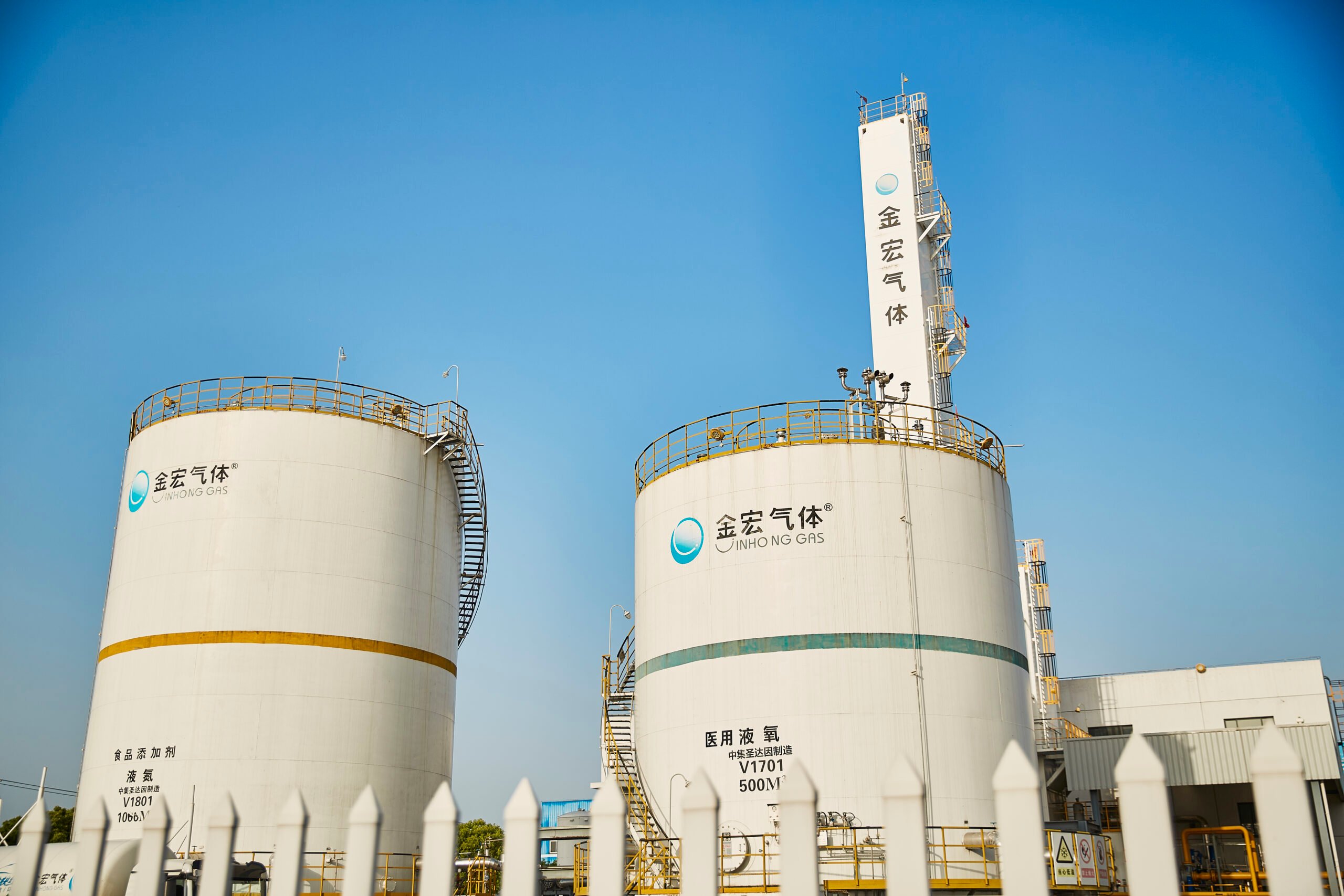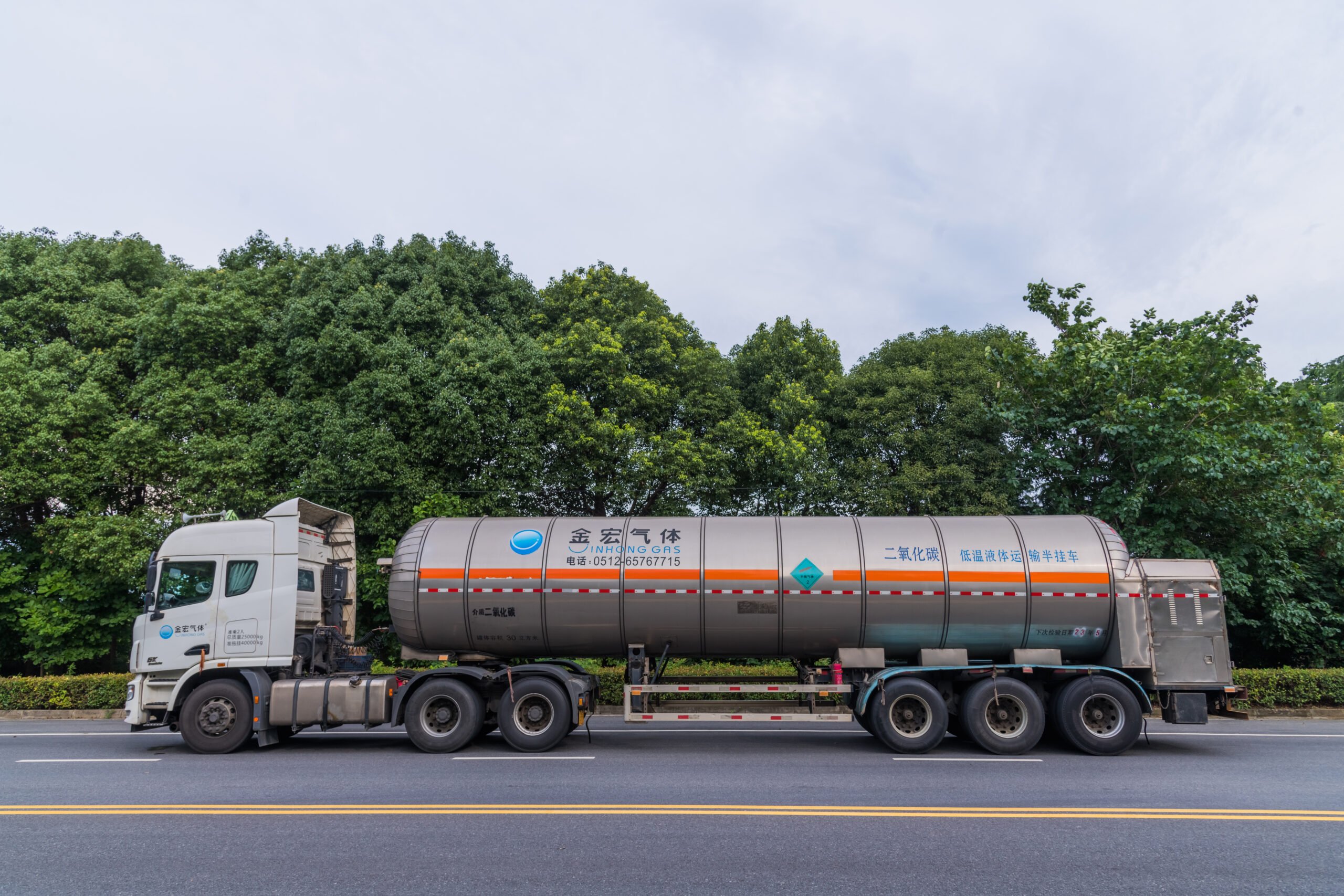Introduction
If you regularly work with welding, metal fabrication, or other industrial applications, you’ll likely need an argon tank refill at some point. Knowing how to properly refill your argon tank and understanding the associated argon tank refill costs can help you better manage your project expenses. In this comprehensive guide, we’ll walk you through everything you need to know about argon tank refills, including the process, costs, and how to save money on refills.
What is an Argon Tank and Why Do You Need a Refill?
An argon tank is used to store argon gas, a colorless, odorless, and non-toxic gas that is crucial for many industrial processes. Argon gas is most commonly used in welding and metal fabrication, where its inert properties prevent oxidation and contamination in the welding zone.
As the argon gas is consumed during the welding process, the tank will eventually need to be refilled to maintain a steady supply of gas for future work. Understanding the process of an argon tank refill is essential for anyone in need of continuous access to high-quality argon gas.
During the welding, process metals are exposed to temperatures of upwards of 7000 Degrees. At these temperatures, most metals become liquid, which allows the formation of the weld. Argon is used to protect the molten pool of metal against elements in the Atmosphere including Oxygen, Nitrogen, and Hydrogen. These elements cause reactions with the liquid weld pool, such as porosity and increased weld spatter. Argon also plays an important role in maintaining Arc stability, which leads to increased weld penetration, better filler wire transfer, and better weld appearance.
How Does the Argon Tank Refill Process Work?
The argon tank refill process is relatively straightforward. Here’s a step-by-step overview:
Drop Off Your Empty Tank: To begin, you’ll need to bring your empty argon tank to a local gas supplier or welding supply store. Most suppliers offer argon tank refills in various sizes, so ensure you’re bringing the correct tank.
Refilling the Tank: The supplier will connect your empty argon tank to a larger argon gas source. The gas is then pumped into your tank until it reaches the desired pressure.
Tank Inspection: Before refilling, some suppliers may inspect your tank for any damage or signs of wear. If your tank is in poor condition, they may advise you to replace it.
Pick Up Your Refilled Tank: Once the refill is complete, you can pick up your tank and use it for your next project.
Factors Affecting Argon Tank Refill Costs
The cost of refilling your argon tank can vary based on several factors. Here are some key considerations that can influence the price:
1. Size of the Argon Tank
The size of your argon tank directly affects how much you’ll pay for a refill. Common tank sizes include:
Small tanks (20-40 cubic feet): Ideal for hobbyists or smaller welding jobs.
Medium tanks (80-125 cubic feet): Suitable for most medium-scale projects.
Large tanks (200+ cubic feet): Best for industrial-scale operations and heavy use.
Larger tanks typically cost more to refill, but the cost per cubic foot of gas tends to be lower.
2. Geographic Location
Your location can significantly impact the cost of an argon tank refill. Gas suppliers in remote or rural areas may charge more due to delivery costs, while suppliers in urban centers tend to offer competitive pricing. It’s a good idea to compare prices from different suppliers in your area.
3. Supplier Pricing Model
Different suppliers may use varying pricing structures. Some charge based on the volume of gas refilled (per cubic foot or per liter), while others may offer flat-rate pricing based on the size of the tank. Be sure to check the pricing policies of your chosen supplier to understand how they charge for a refill.
4. Tank Rental vs. Ownership
Renting an argon tank can be more expensive in the long run compared to owning one. Rental agreements often include recurring rental fees, which can add up over time. If you regularly need refills, purchasing your own argon tank may be a more economical option.
Average Cost of Argon Tank Refill
On average, argon tank refill costs typically range from $30 to $100. Here’s a breakdown based on tank size:
Small Tanks (20-40 cf): $30 – $50
Medium Tanks (80-125 cf): $50 – $80
Large Tanks (200+ cf): $75 – $100+
These prices can vary depending on your location and the specific supplier. Additionally, some suppliers may charge extra for delivery or tank rental.
How to Save Money on Argon Tank Refills
Refilling your argon tank doesn’t have to be expensive. Here are some tips to help you save on argon tank refill costs:
1. Buy a Larger Tank
If you frequently need argon tank refills, consider purchasing a larger tank. Larger tanks are more economical in the long run, as they generally cost less per cubic foot of gas. You’ll also need fewer refills, saving you time and money.
2. Shop Around for the Best Price
Different suppliers may offer varying prices for argon tank refills. Take the time to compare prices from different suppliers to find the best deal in your area.
3. Consider Tank Ownership
Renting a tank can be more expensive than owning one. If you use argon gas regularly, it may be worth purchasing a tank outright. Once you own the tank, you’ll only need to pay for refills, which can significantly reduce your overall costs.
4. Buy in Bulk
Some suppliers offer discounts if you purchase multiple refills at once. If you know you’ll need several refills over time, consider buying them in bulk to save money.
Conclusion
Understanding argon tank refill costs is essential for anyone who relies on argon gas for welding, metalworking, or other industrial processes. By considering factors such as tank size, location, and whether you rent or own your tank, you can better manage the costs associated with argon tank refills.
By following the tips provided in this guide, you can save money on argon tank refills and ensure that you always have a reliable supply of argon gas for your projects.
Need assistance in selecting the right quantity for your needs? Fill out the form to access our expertise in both standard and custom applications, including cutting-edge gas equipment and solutions designed to ensure safe and efficient gas delivery to your point of use, no matter your location.



